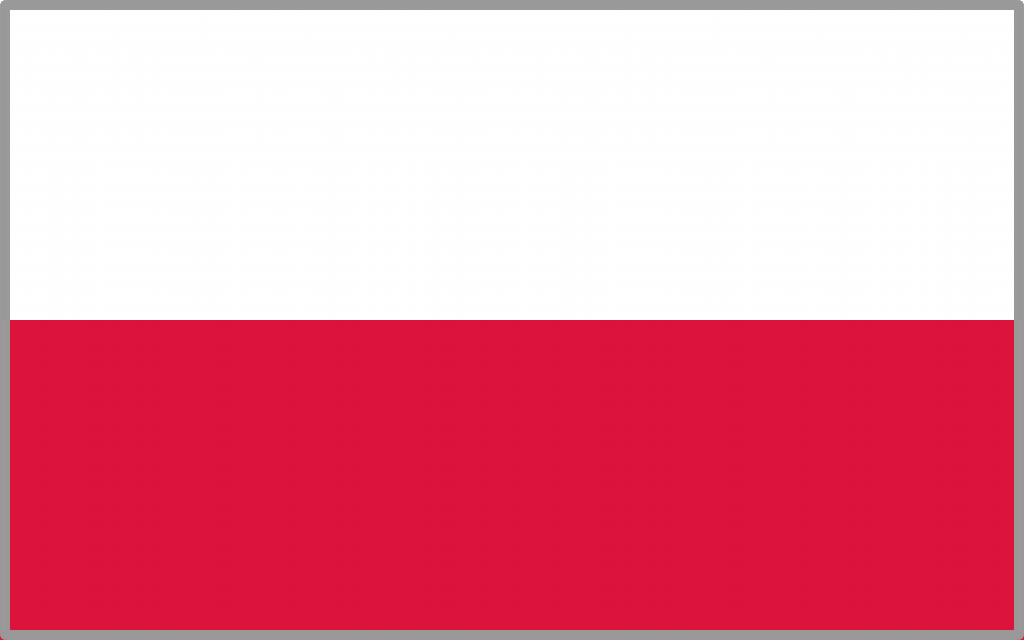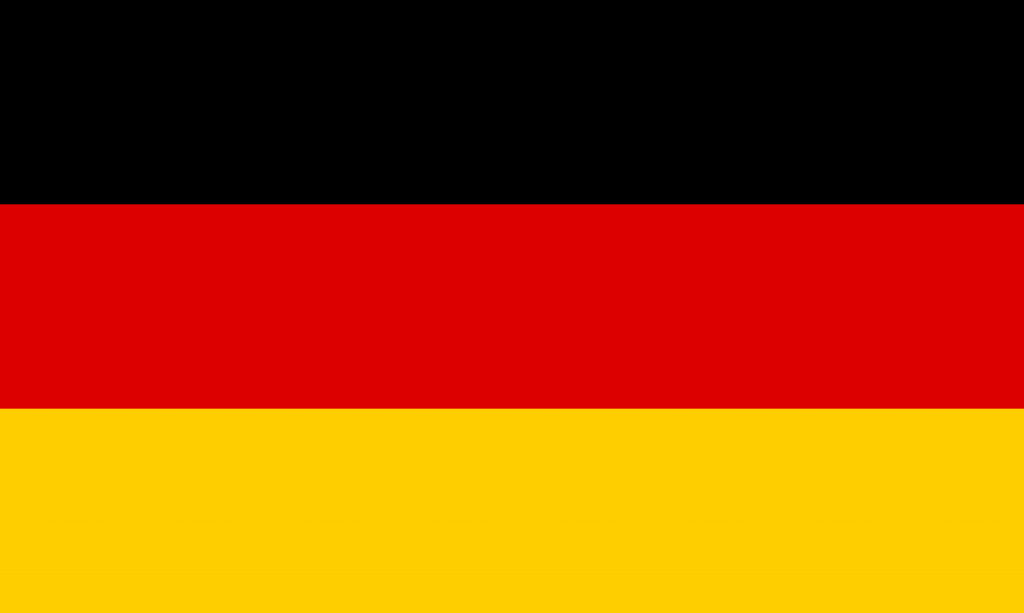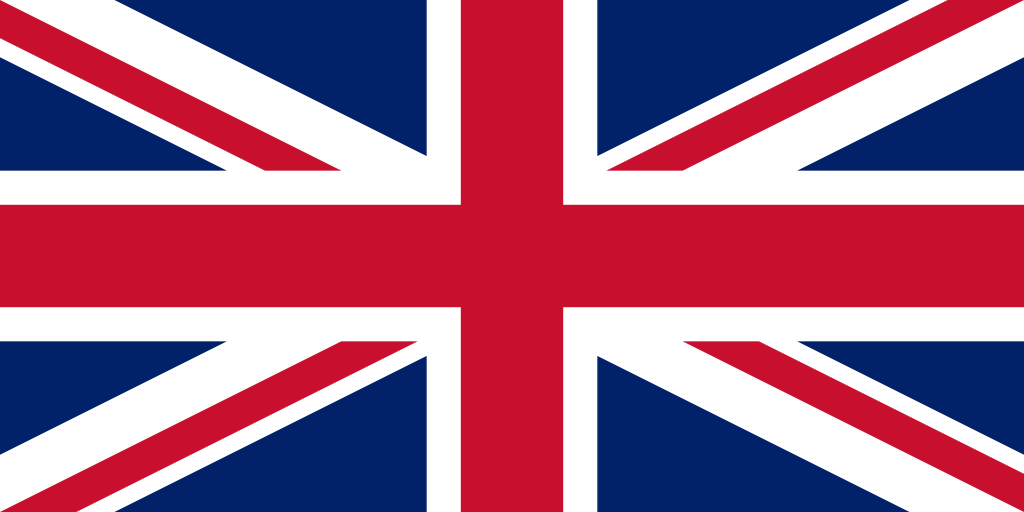Everyone wants to complete their projects cheaply, quickly and well. But in the world of printing, these three goals are sometimes hard to reconcile. Looking to save money on printing costs is a great idea, but you need to know how to do it wisely. Unfortunately, many customers fall into traps that can reduce print quality or make you spend more than you planned. At our print shop, we give daily advice on how to avoid these mistakes. That’s why we’ve put together a guide to the three most common mistakes that get in the way of saving money on printing costs.
1. Poor choice of materials – cheap doesn’t always mean economical
It seems that the easiest way to save on printing costs is to choose cheaper paper or materials. This is a common mistake! Some projects simply require better quality paper to look good and serve their purpose. For example, thin paper will not work well for business cards, which should be durable and make a good impression.
Why is this a problem?
Cheap paper can make colors look worse and make the print less durable. As a result, instead of saving money, you may end up paying twice – for corrections or re-printing. Choosing the right materials is especially important for projects such as catalogs, flyers or posters to represent your company.
How to avoid this?
Ask the printer for recommendations. At our print shop, we always help you choose the right paper and materials for your specific project. This way you get the best result at a reasonable cost. Sometimes a small difference in the price of the material can significantly improve the quality of the print.
2. Inadequate file preparation – costs hidden in amendments
Every project begins with a graphic file. Unfortunately, poorly prepared files are one of the most common reasons for additional costs in printing. Clients often forget the proper settings, such as bleed, color mode and resolution. The result? Revisions, extended turnaround time and additional fees.
What can go wrong?
- Files without bleeds mean that white margins may appear on the printout.
- Colors in RGB mode look different from those in CMYK mode, which is the standard for printing.
- Low resolution makes printed images blurry and unreadable.
How to avoid this?
Always check if the file meets the printer’s requirements. At our printing house, we provide accurate technical specifications to help you prepare the perfect files for printing. If you have doubts, ask – it’s better to take a moment for a consultation than to pay for corrections later.
3. Looking to save on printing costs at the expense of order quantity
Printing in smaller runs often seems cheaper at first glance. However, this is another pitfall that can increase costs in the long run. For most projects, a larger print run costs less per unit – a rule of thumb that stems from printing technology.
Why is this a problem?
If you order a small print run, but need more after a while, the cost of printing two batches will be higher than one larger order. For example, flyers or business cards printed in several rounds are always more expensive than ordering a larger number at once.
How to avoid this?
Prepare for the future. If you know you’ll need more materials, it’s worth ordering a larger run right away. At our print shop, we always advise you on the optimal number of copies to reduce unit costs. For larger orders, we often offer additional discounts to further minimize expenses.
How to look for savings on printing costs wisely?
Saving on printing costs is possible, but it requires thoughtful decisions. Avoid skimping on the quality of your materials, take care to prepare your files correctly and order a print run tailored to your needs. Minor mistakes can make you pay more than you planned.
At our printing house, we believe that the best way to save money is good communication. We are always happy to advise you on how to optimize costs and achieve the best result within your budget. Remember that printing is an investment – a well-thought-out strategy will allow you to save without compromising on quality.
If you have questions or need help planning your project, please contact us. We’ll be happy to help you find solutions to achieve savings on printing costs while keeping your materials looking professional!





